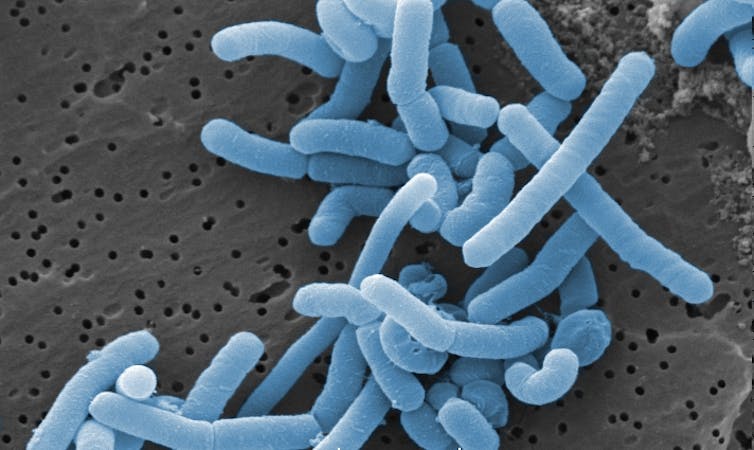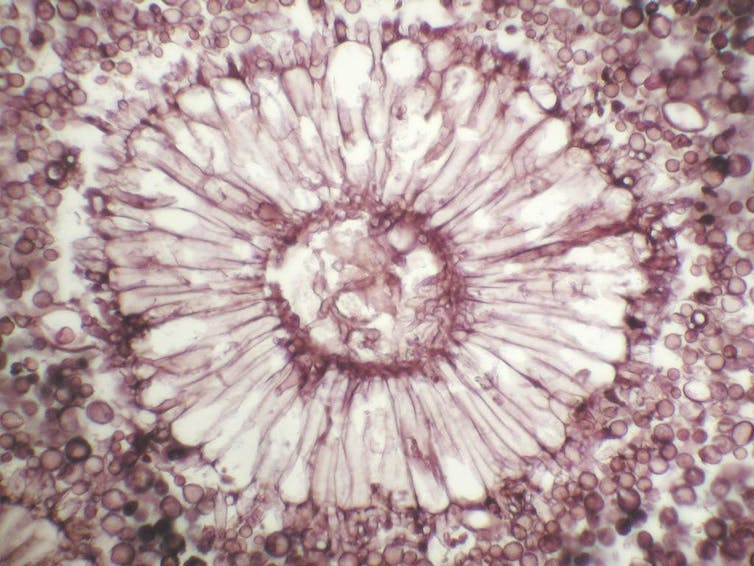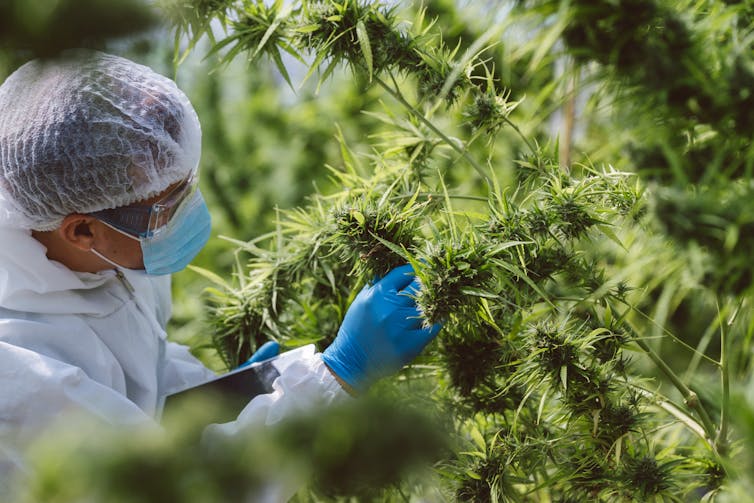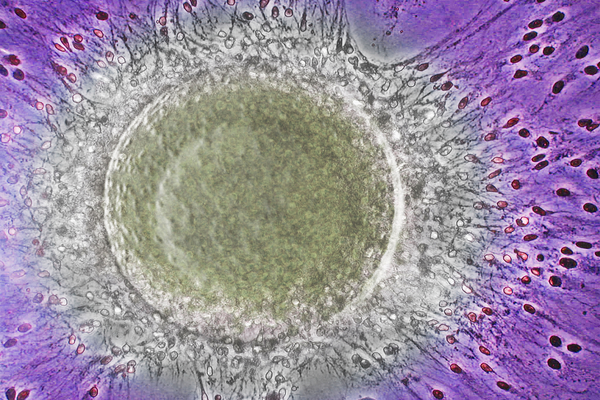
Dr. Aliza Pressman is a developmental psychologist and an assistant clinical professor in the Division of Behavioral Health Department of Pediatrics at the Icahn School of Medicine at Mount Sinai Hospital. She is cofounding director of The Mount Sinai Parenting Center. Aliza is also the host of the podcast Raising Good Humans.
1. The most powerful environmental influence on children’s growth is their relationship with their parents.
Relationships are so powerful that they actually change the architecture of our children’s brains. Supportive relationships help children thrive. Having a secure attachment with one person, one parent, can buffer the effect that children have from experiencing adversity. This relationship can support their development. It allows them to learn and grow. It soothes their experiences so that they can get through whatever life throws at them.
Every positive relationship with a trusted adult makes a difference. But, of course, the most important relationship is the one they have with you. If kids don’t experience small disappointments throughout their childhood, first of all, that would just not be realistic, but also, they wouldn’t be able to handle the inevitable big disappointments that pop up over the course of a lifetime.
Think about working out. If you stretch and start with modest attainable goals, you’re less likely to injure yourself slowly over time. With small recoverable muscle ruptures and repairs, you can build your endurance and do that triathlon. If you go from a year on the couch to running a 10 K, you are likely to injure yourself to the point where you might have to spend another year on the couch.
Likewise, the psychological concepts of positive, tolerable, and toxic stress refer to the stress response systems’ effects on the body. Positive stress is the normal, healthy part of development. Meeting a new person might cause a brief increase in your child’s heart rate and a wide-eyed look on their face. But that’s a good thing because they’re noticing that something is unfamiliar, and it’s stretching their emotional muscles toward agility.
“Every positive relationship with a trusted adult makes a difference.”
Tolerable stress activates the body’s alert system to an even greater degree. Think about how your child reacts to losing a pet, a scary storm, or falling from a play structure. If the stressful event takes place over a short period of time and there are caring adults with whom your child has existing relationships to support them, tolerable stress has the potential actually to be a building block for resilience.
Toxic stress, on the other hand, is something we would never wish upon any child. Toxic stress is chronic stress that can actually change the structure of the brain. The brain is flooded with hormones. Cortisol in doses that high over a long duration is never going to be a good thing.
But in the presence of a loving caregiver, those things that are categorized as toxic stressors can actually be moved into the category of tolerable, which means that they have the potential to build resilience. That’s how powerful relationships are.
2. All feelings are welcome, but all behaviors are not.
Rules help children feel safe, but they’re often hard for us to sit with because we don’t like witnessing our children in distress or having difficult feelings. It’s hard for us as parents to even stick with rules.
One way to gauge whether you are addressing discipline in a way that keeps your relationship close and honors those rules is to tell yourself all feelings are welcome, but all behaviors are not. So ask yourself, “Did I honor my child’s feelings, and was I clear about my expectations for their behavior?” Rules encompass both boundaries and limits. They go hand in hand with sensitive caregiving regulation and modeling the behaviors we want to see in our children.
3. Mom brain isn’t what you think it is.
In fact, the third largest boost in brain development happens during the transition to parenthood. We get our biggest boost in our first few years of life, then adolescence, and then, surprisingly, right at this transition to parenthood. Yet people historically have thought of it as a time when we don’t remember where our car keys are.
And while it’s true that we might not remember where our car keys are, that’s because we are putting an emphasis on keeping our children alive and helping them thrive, so we don’t have time to worry about where our car keys are. We become parents when our children come into our lives; our needs, our way of being, our families, and our larger communities change along with our kids as they grow. That’s a huge time of motivation for change. That’s why we are more likely to quit drinking or smoking at this time. The transition to parenthood stretches our brains, and not just if we are the biological parent. This is shown to be true in fathers and adoptive parents.
Development doesn’t stop as our children grow. The experience of parenting brings with it countless opportunities to get to know ourselves better. It can encourage us to thrive in ways we may have never dreamed of. To become a better parent is to become a better person. So let’s reframe our conception of Mom brain into something far more positive.
3. Co-regulation is the key to self-regulation.
Babies aren’t born with fully developed capacities for self-regulation. They learn it as their brains develop, and it takes well into adulthood for a brain to fully develop. The part of the brain that houses self-regulation is the prefrontal cortex, which takes between 18 and almost 30 years to develop fully.
A primary way we all learn self-regulation is through a process called co-regulation, which can involve various types of responses, like a warm presence of a person that you love, an acknowledgment of a distress that you’re experiencing, and a calming tone of voice, as well as modeling our own process of calming ourselves down.
“The trick to developing a self-regulation muscle as a person, especially as a parent, is figuring out your personal passcode.”
Whatever it is that you tell yourself, you don’t need to have that alarm system go off. I know that New Yorkers feel safer in New York than anywhere else, and as a New Yorker myself, this makes a lot of sense to me. When I moved to Los Angeles from New York City, I went from living in an apartment building where I had no alarm system. Once I moved to Los Angeles, however, I felt much more nervous and got an alarm system. I wanted to know that if somebody were going to break in, a very loud alarm would send a message to the police. When I walk in the door and hear a slow beeping sound like an alarm, that’s the warning that I hear before a message is sent to security, an ambulance, or a firetruck. That’s what we need to pay attention to in our bodies and in our children’s bodies. That beeping is a stress response that tells us to “fight, flight, or freeze.” That’s our body’s alarm system saying there’s an emergency.
But what if there isn’t an emergency? When we get dysregulated because we have an imagined emergency, that moment of a slow beeping warning is the moment where we can stop, take a breath, drink a glass of water, say a little mantra, and put our hands on our hearts. That stops us from setting off the alarm when there isn’t really a threat. When we do this in front of our kids regularly, they see us take three deep breaths (or whatever our particular passcode to our alarm system is). They are learning co-regulation because they see that we know how to regulate our nervous systems. They can borrow our calm while they’re growing their nervous systems, and that co-regulation is highly linked with self-regulated older kids and adults.
The trick to developing a self-regulation muscle as a person, especially as a parent, is figuring out your personal passcode. Over time, you’ll get better at recognizing the signs that your body is about to start sounding that alarm, and you’ll have more warning time to punch in your personal passcode. That might include things like racing thoughts, difficulty focusing, fast heartbeat, dry mouth butterflies, nausea, cold hands, or quick breathing.
4. Repair is a necessary component of growth.
Like strong trees, humans can sway without snapping, and that’s what we rely on as human parents. Psychologist and professor Ed Tronick’s extensive early research on repair has helped us learn why some children become sad, withdrawn, insecure, or angry while others become happy, curious, affectionate, and self-confident. What he learned was that kids who tend to grow up happy and curious aren’t the ones who never experience negative interactions with their parents. Rather, they’re the ones who have learned to trust their parents or well-meaning humans who are willing to make things right when they go temporarily wrong. It isn’t the conflict or the ruptures that hurt us or our relationships; it’s the lack of repair.
“We repair our relationships by being warm, calm, gentle, respectful, connected, empathetic, loving and accepting, even playful together.”
Tronick’s early studies back in the 1970s may not have been the most ethical, but they looked at the social connection between babies and their caregivers. In the first step of the experiment, the mothers and babies were delightfully connected and involved in complex social interactions. The next step, which was quite heartbreaking, was the disengagement. The first two parts of this experiment dramatically showed the social and emotional connectivity between parents and babies, but it was the third phase, when the caregiver returned, that was even more inspiring. Almost instantly, the babies in the experiment began a reparative process with their mothers and reengaged. That was repair and action.
The strength we saw in this famous still-face experiment was the repair. What does it look like in everyday life? It might be as simple as apologies, reconnection, or a laugh. We repair our relationships by being warm, calm, gentle, respectful, connected, empathetic, loving and accepting, even playful together. We know when repair has happened. Sometimes, it’s just a shared laugh or a knowing glance. Other times, it’s an explicit conversation. You know it when you feel it, and the more practice you have, the more you grow.
5. Reflection is the key to freedom.
Reflection is a huge part of not only parenting well but “people-ing” well. Reflection might feel like a luxury. Reflection allows you to sit back and think about your experience being parented, why you feel a certain way, and what you might be worried about in the future that’s making you respond in a particular way.
Actually, though, reflection is freedom because when you reflect, you have an understanding of why you are about to be set off or why you can notice that you’re getting frustrated. You can then step back, understand your impulse to react this way, and take a moment to decide exactly how you want to react. That freedom allows you to respond as the parent you most likely want to be. Take the time for reflection and give yourself the freedom to make choices.












